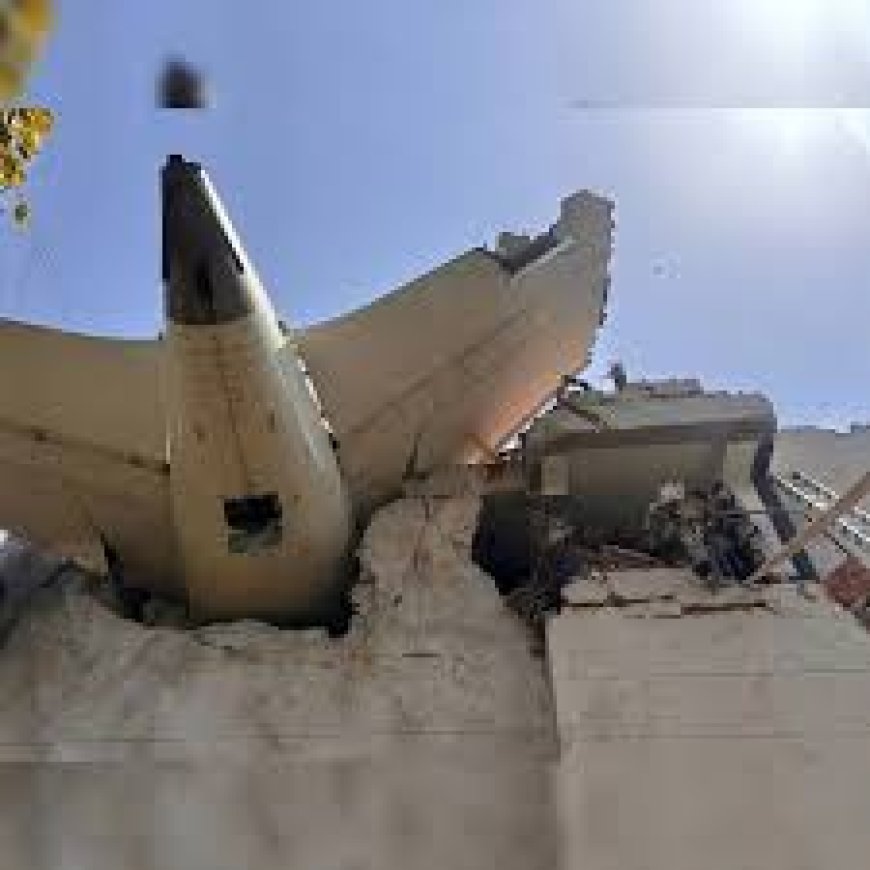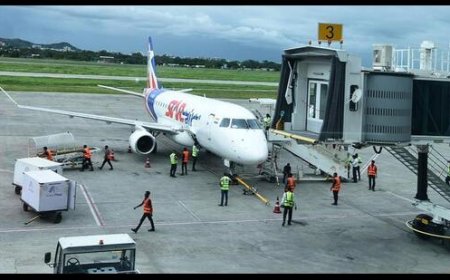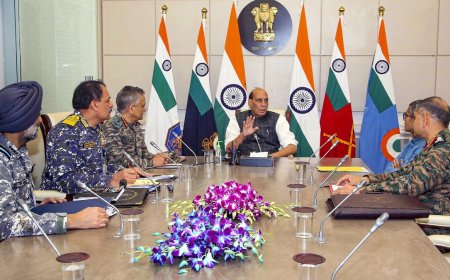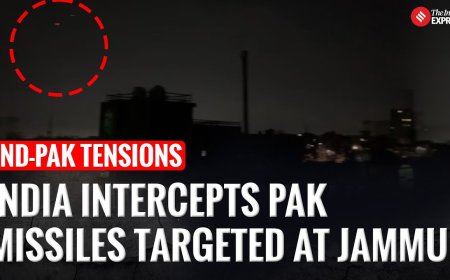Ahmedabad Air India Crash: Accident Bureau submits preliminary report on AI 171 disaster to aviation ministry, say sources
The Aircraft Accident Investigation Bureau has submitted its preliminary report on the Air India AI 171 crash to the aviation ministry, citing multiple causes including technical faults and human error.

Preliminary Findings on AI 171 Crash Sent to Aviation Ministry
In a significant development concerning the tragic crash of Air India flight AI 171 in Ahmedabad last month, the Aircraft Accident Investigation Bureau (AAIB) has submitted its preliminary report to the Ministry of Civil Aviation, according to official sources familiar with the matter. The flight, which was operating on the London-Ahmedabad route, crashed shortly before landing at Sardar Vallabhbhai Patel International Airport on June 6, killing 132 of the 174 people on board.
Sources within the aviation ministry, requesting anonymity due to the sensitive nature of the findings, confirmed that the AAIB's initial report outlines multiple contributory factors, including technical anomalies in the flight control system, suspected human error, and adverse weather conditions during descent.
Sequence of Events: A Deadly Approach
Flight AI 171 had been cleared for landing at runway 23 around 4:57 a.m. IST after a routine transcontinental journey from Heathrow. Preliminary radar data and the aircraft's Flight Data Recorder (FDR) show signs of abrupt pitch instability during final approach. Cockpit Voice Recorder (CVR) transcripts reveal confusion between the pilots regarding automatic flight control override protocols.
“There's indication that the aircraft’s fly-by-wire system may have malfunctioned briefly, but we are still examining whether pilot misinterpretation aggravated the situation,” a senior investigator told this publication.
Witnesses on the ground reported seeing the Boeing 787 Dreamliner veering left before clipping a boundary wall and crashing into an abandoned warehouse near the perimeter.
Human Error and Training Gaps Under Scrutiny
While mechanical issues remain under examination, the report also points toward possible lapses in crew coordination and procedural compliance.
“One of the pilots had only recently transitioned from Airbus to Boeing platforms. The final moments suggest difficulties in manual handling during high-stress conditions,” said a former Air India flight operations manager, familiar with typical transition protocols.
According to a source from the Directorate General of Civil Aviation (DGCA), there is now growing pressure to re-examine pilot conversion training modules, particularly when transitioning between aircraft types with differing cockpit philosophies.
Air India, Boeing, and DGCA Responses Awaited
Air India has issued a brief statement acknowledging receipt of the preliminary findings but declined to comment further, citing the ongoing investigation. Boeing, the aircraft manufacturer, has dispatched a technical team to assist with the probe and has reiterated its commitment to supporting Indian authorities.
The DGCA has initiated a temporary fleet-wide audit of similar Dreamliner aircraft operated by Indian carriers. “These are precautionary inspections, not grounded in evidence of a systemic flaw,” a DGCA spokesperson clarified.
Market Impact and Investor Sentiment
Air India’s parent company, Tata Group, saw minor fluctuations in stock sentiment following the crash, but investor confidence remains largely intact, bolstered by the conglomerate’s diversified portfolio and long-term strategic roadmap in the aviation sector.
According to aviation analyst Rajiv Mehta of YES Securities:
“The crash is undeniably tragic, but from an investor perspective, the key will be how Air India manages public relations, liability concerns, and systemic corrections. Long-term fundamentals for Tata’s aviation ambitions remain strong.”
Air India is currently undergoing a major transformation post-privatization, including fleet upgrades, personnel restructuring, and improved customer service protocols. Analysts caution, however, that this crash could slow short-term operational expansion, particularly in European routes, pending regulatory clearance.
Safety Reforms Expected to Follow
This incident, one of the deadliest in Indian aviation since 2010, is likely to spur policy-level changes. The Ministry of Civil Aviation is reportedly reviewing pilot rostering standards, weather monitoring tools, and runway safety infrastructure at key airports.
“It is clear that post-incident learning will be critical,” said aviation consultant Devika Nair. “This is a wake-up call, especially as Indian skies become more crowded with ambitious fleet additions.”
Families of the victims have called for greater transparency and accountability, with some urging for an independent judicial review into Air India's emergency response and DGCA’s oversight framework.
What’s Next: Full Report and Legal Implications
The AAIB’s full report is expected in the next 60-90 days, after further forensic analysis of engine debris, electronic components, and ATC communications. Legal experts anticipate possible civil suits from victim families and scrutiny over insurance liability claims.
The Ministry has assured Parliament that findings will be made public “in the interest of aviation safety.”
What's Your Reaction?
 Like
0
Like
0
 Dislike
0
Dislike
0
 Love
0
Love
0
 Funny
0
Funny
0
 Angry
0
Angry
0
 Sad
0
Sad
0
 Wow
0
Wow
0












































































